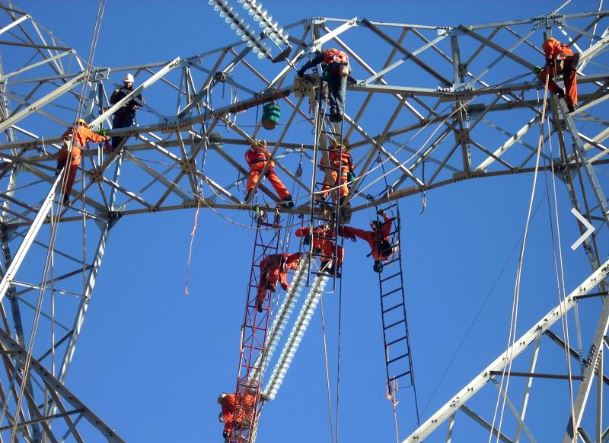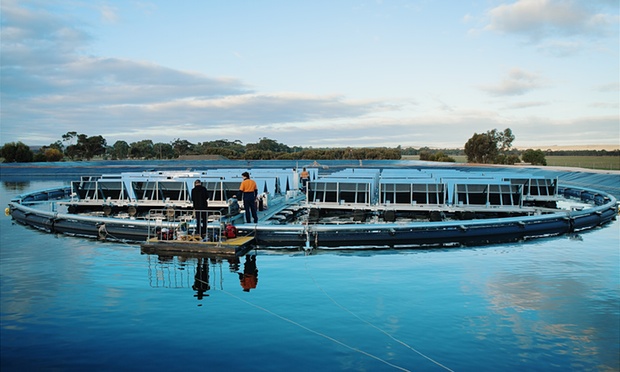Four exciting solar innovations to look out for this year
18 January 2016
Hallvard Barbogen, Content Manager
With the UN climate change deal in Paris rounding off 2015, the new year will be the most uplifting so far for renewable energy in many parts of the world. Oil and coal markets are both in disarray and commentators are already speculating that this is the beginning of the end for the oil era.
Up to the plate steps solar power. Investors in many countries are turning to solar not only because the alternative, fossil fuels, is worse – but also because solar innovations are leapfrogging technological development for other energy sources.
While the UK solar industry struggles with subsidy cuts and a forecasted drop in investment, it can take much inspiration from innovations around the world. In 2016, these are just some of the things to look out for:
- Building bigger: Chile’s giant Atacama tower
The world’s longest country, Chile, is currently building one of the world’s tallest solar power plants.
With the Atacama 1 solar plant, Chile is demonstrating how to take advantage of the fact that solar power now is the cheapest way of generating electricity. The plant will be one of the biggest single towers to generate solar power in the world.
The main body is already taller than the Gherkin and soon a 2,000 tonne solar receiver will be installed on top of it. By storing energy in locally sourced salts, Atacama 1 will be able to produce a base load power generation of 110 megawatts for 24 hours a day.
Scaling up solar to the very biggest scale, as the sun-rich Chileans are doing, is one of the main ways in which solar power will advance in 2016. Solar technology has come so far now that purely building bigger will give many companies and countries the ability to reap substantial rewards.

Image source: Abengoa
- Building smarter: California and Australia’s floating and printable solar panels
Further north on the American continent, in California, they are not building bigger, but smarter.
One of the best examples comes from the small city of Holtville, which recently installed floating solar panels on the surface of its water reservoirs. Thousands of panels on rafts will power the city’s water supply free of charge.
With the floating panels also helping to prevent evaporation – a major problem for water reservoirs – the Australian company behind the installation, Infratech Industries, believes that they will find a huge market for solar panels on water reservoirs.
But floating panels is not the only novel type of solar panels coming out of Australian. Researchers down under have also developed solar ink that can be printed on small plastic sheets. Even though they’re still a way off being as efficient as regular, silicon-based panels, the flexibility and ease of printing your own solar panels show great promise for future use.

Image source: Infratech
- Paying smarter: East African mobile solar power
The technological development needed to drive solar power forward is not only in the panels, however. Creating innovative payments solutions is another key for spreading solar across the globe.
Combined with off-grid solar installations, it has proved a great success in East Africa for the US company M-Kopa. In less than three years, the company has powered hundreds of thousands of homes using pay-as-you-go solar through mobile payments. By 2017, it’s aiming to reach over a million households.
In regions of the world with unreliable electricity grids and increasingly popular mobile payments systems, M-Kopa’s business model is a winner. Customers can pay an initial deposit and a small, regular fee via mobile for the solar panels – and by the end of the first year, the electricity-generating panels are theirs to own.
With market access being a bigger challenge than technological progress for many solar companies these days, M-Kopa’s payments strategy is well worth a closer study.

Image source: M-KOPA
- Going mass market: Energy storage across the world
The final solar development to look out for next year is not actually solar; it’s energy storage. An essential part of any renewable energy project relying on power sources that won’t be available 24 hours per day, the energy storage market will in many ways determine the full future of solar power.
Elon Musk is one of the leading names in the budding sector, but he is also facing competition from much larger corporations. General Electric in the US and Sumitomo in Japan are some of the biggest companies looking to take advantage of utility-scale energy storage. How Tesla will face up to this competition in the marketplace will be one of the most interesting questions over the coming years, as is who will make it to the mass market.
The next question for the solar sector is which pioneering technologies that will go big – be it novel ways of designing solar panels, easier ways of paying for off-the-grid electricity, larger versions of energy storage projects, or something completely different. So even though conditions in the UK market are less than ideal for the growth of solar, there is much innovation to be inspired by across the world that will lead to the flourishing of the industry this year.

Last and main image source: Free Images

 Previous post
Previous post
